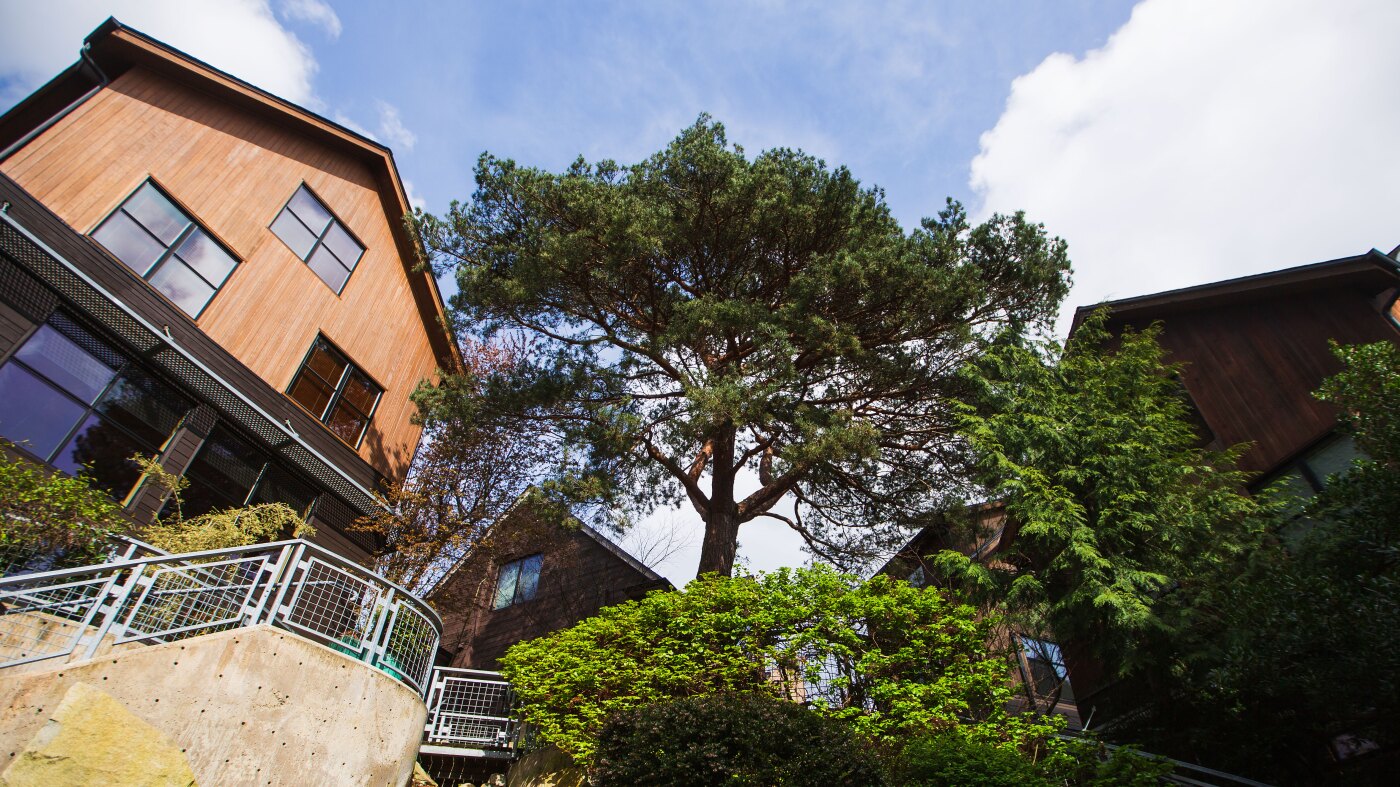Seattle finds itself at a pivotal intersection of two vital yet often conflicting priorities: expanding affordable housing to meet a booming population’s demands, and preserving the city’s cherished urban forest that supports environmental health and climate resilience. This intricate balancing act reveals not just logistical challenges but also deeper social and ecological tensions inherent in urban growth.
The Housing-Tree Trade-Off: Navigating Competing Needs
Seattle’s population surge has intensified the need for more homes, particularly mid-density housing like backyard cottages and townhomes. However, this housing momentum threatens the survival of residential trees, leading to significant canopy losses. Between 2016 and 2021 alone, the city suffered a net loss of 255 acres of tree canopy despite prior commitments to increase it.
The friction here is palpable. Activists often physically defend mature trees on construction sites, underscoring a collective attachment to the city’s natural heritage. Conversely, housing advocates caution that stringent tree protection regulations could hamper housing availability and push development outward, potentially increasing sprawl and putting pressure on forests beyond city boundaries. This conundrum highlights the complexity of urban planning where every decision carries multifaceted trade-offs.
Shifting Policy Landscapes: Ambition Meets Implementation
Seattle’s government has taken bold steps with a Tree Protection Ordinance designed to safeguard and expand the urban canopy while fostering housing growth. This ordinance boasts protection for tenfold more trees than before and promotes aligning tree retention with development objectives.
Yet, there is a marked gap between policy and practice. Reports show fewer than 3% of designated “protected” trees were actually preserved, revealing enforcement challenges and a disconnect between legislative intent and reality. Advocates emphasize reframing the narrative from “trees versus housing” to a more synergistic “trees and housing” approach. They propose flexible zoning that favors compact housing with shared walls, thereby minimizing lot sprawl and providing more room for trees. Ecological assessments prioritizing the retention of the most valuable trees offer another avenue for integration.
Urban Forestry’s Critical Role in Climate and Social Justice
Seattle’s urban forest is not merely ornamental; it is an essential line of defense against climate impacts. Trees reduce urban heat island effects, filter air and water pollutants, and sequester carbon. However, canopy coverage remains uneven, disproportionately disadvantaging frontline and low-income neighborhoods.
Recognizing this divide, Seattle’s tree ordinances explicitly address equity by prioritizing planting in underserved areas. In alignment with this mission, the city secured $12.9 million in federal funds dedicated to expanding canopy in low-green-cover neighborhoods. Programs such as Tree for Neighborhoods have planted over 15,000 trees, forging local engagement and creating green jobs—an intersection of environmental sustainability and socio-economic advancement.
Integrative Urban Design: Paving the Way for Harmony
The path to balancing housing and trees lies in innovative urban design. Transforming street parking into green spaces, promoting denser development clusters, and planning forward-looking tree planting not only preserve canopy but enhance community livability. Embracing living soils and managing drought stress are vital for sustaining trees amid changing climate conditions.
Seattle’s “One Seattle Plan” underlines urban forest management as a key climate adaptation strategy. Mapping canopy disparities and channeling planting efforts into deficit areas aligns environmental gains with social goals. Thoughtful planning of housing developments with an eye on environmental integration can ensure that urban growth and green infrastructure co-evolve.
Obstacles and Diverging Perspectives
Despite commendable intentions, Seattle’s efforts face critiques from multiple fronts. Residents question the adequacy and enforcement rigor of tree protections; some fear cost increases from tree fees may derail affordable housing projects. There is also skepticism about whether some “protected” trees highlighted by the city were truly endangered or symbolic, potentially distracting from more severe threats.
Bridging differing stakeholder interests demands overcoming bureaucratic inertia and fostering dialogue among builders, environmentalists, and communities. Ironically, controlled urban density paired with strong green infrastructure might best protect trees by preventing sprawling patterns that endanger rural and wildland forests.
Toward a Future Where Homes and Trees Thrive Together
Seattle’s journey to reconcile housing needs with urban forestry preservation encapsulates a broader urban dilemma faced worldwide: how to grow without sacrificing vital natural resources that underpin wellbeing, climate resilience, and quality of life. The key lies in innovative policies that do not treat housing and trees as adversaries but as partners in building equitable, vibrant neighborhoods.
By emphasizing compact development, targeted tree retention, equitable canopy expansion, and broad community participation, Seattle can transcend zero-sum conflicts. The city’s evolving experience offers a hopeful model where affordable housing and thriving urban forests are mutually reinforcing foundations of a sustainable, livable urban future.
The intertwined fate of Seattle’s people and their trees underscores a universal truth: nurturing nature within our cities is inseparable from nurturing ourselves. Recognizing this interdependence charts a path toward greener, denser, and more just urban landscapes.











